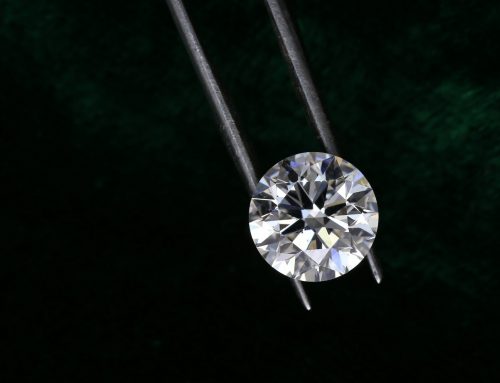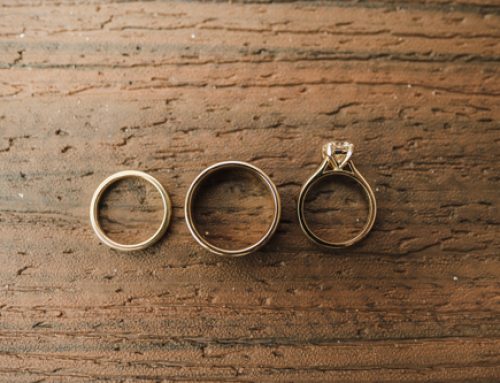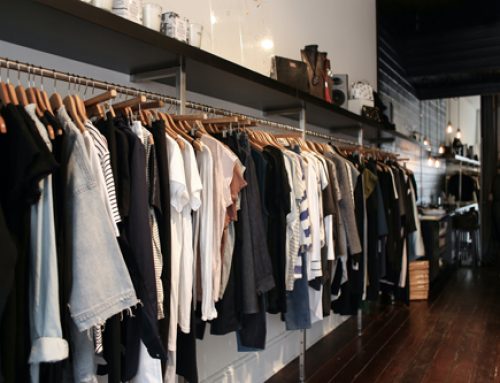If you’ve ever been curious as to how your lovely (or extremely masculine and rugged) tungsten carbide came to be, you would find that there is much more to the process than ordering your ring from your reputable tungsten jeweler. Digging in to the tungsten carbide ring can be a very eye opening and confusing process that begins with, well, digging.

Once the tungsten ore that was extracted from the earth is ready for processing and has been prepared. The process in preparing the tungsten is the same as has been used since it was initially extracted by the Spanish brothers and chemists Juan Jose and Fausto d’Elhuyar y de Suvisa. However, unlike the method used by the d’Elhuvar y de Suvisa brothers, modern extraction and preparation requires an extra, complicated step. Today, a complex chemical extraction is produced during the process. The chemical is called ammonium paratungstate, or more commonly known as APT.
APT is produced in two different ways. The methods are acid leaching and autoclave-soda. Ore is mixed with sodium carbonate under high temperatures and pressure in the autoclave-soda process. APT crystals are formed after ammonia is added to sodium tungstate solution.
In the acid leaching process, tungsten ore is broken down using hydrochloric acid making solid tungstic acid and calcium chloride. Ammonia is used as in the autoclave-soda process. Ammonia is used to dissolve tungstic acid. After evaporating and filtering the mixture, crystals of APT are produced.
Now, you may be wondering what crystals have to do with the tungsten carbide rings you purchased at your local or online retailer. Well, the process is still yet to be completed. The next part of the process is to make tungsten oxide.
The APT crystals are heated in a rotary furnace in order to form one of the three types of oxides that are formed. In this process, hydrogen is blown over the crystals. During this process, there are essentially three zones of differing levels of extreme heat. In the zone with the highest heat, hydrogen converts ammonia in the APT into hydrogen and nitrogen. Eventually, tungsten powder is produced by reducing the oxide in a furnace. After the tungsten powder is formed, it can be made into solid metal through a process known as sintering.
There is a lot of science and years of discovery that go into isolating the tungsten metal. While it is a laborious process, the end result creates much, much more than simply tungsten rings and other fine jewelry.





Leave A Comment